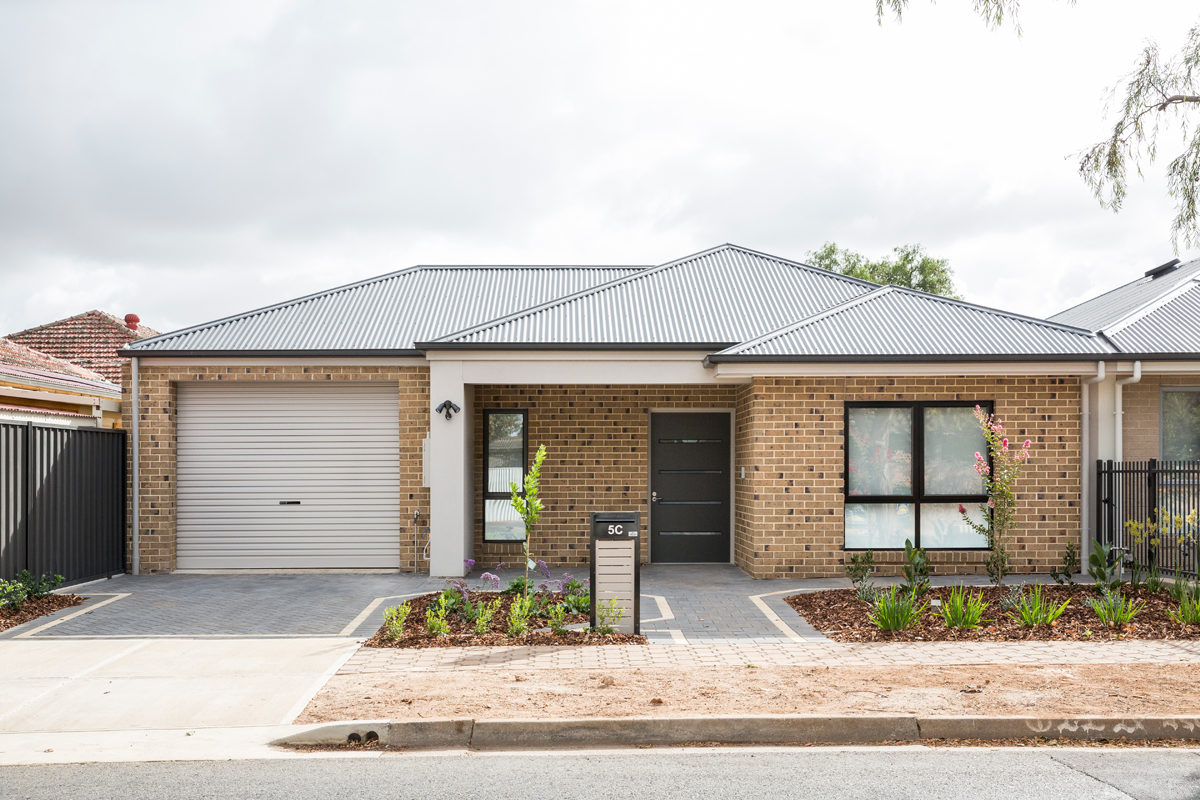From The Conversation
The A$25,000 grant for new homes and renovations could have been better leveraged to provide broader and ongoing benefits. In particular, it could have been used to ensure homes are more energy-efficient and cheaper to run.
The grant is available for building an owner-occupied home with property values (house and land) under $750,000. Renovations costing between $150,000 and $750,000 for a property valued under $1.5 million are also eligible. Grants are means-tested against household incomes.
Building new houses better
The scheme could have required new houses to exceed minimum building code requirements to be eligible. The development industry would then have had to deliver housing to this standard or risk losing potential buyers. Using the right design and materials would mean any extra costs are recouped over time.
Heating and cooling energy use could be reduced by almost 25% across capital city climate zones with minimal requirements. New houses could achieve these reductions with a solar PV system and 7-star performance rating (in line with proposed changes to raise the National Construction Code’s current 6-star minimum in 2022). This would reduce utility bills and carbon footprints for householders.
The use of majority Australian-made materials could be stipulated. Local renewable energy, insulation and energy-efficiency businesses would benefit from increased demand. Job creation would follow in these and secondary industries.
The $25,000 grant cost to government would more than cover the costs of these requirements. Various Australian studies have found achieving a 7-star rating involves little if any extra cost for new houses in many locations. The cost of solar PV continues to fall.
Combining these sustainability measures through HomeBuilder would provide benefits across the lifetime of new houses.
Renovation to benefit everyone
Restricting HomeBuilder grants to renovation projects over $150,000 excludes many modest renovations like upgrading a kitchen or bathroom. It has already been called a handout for the rich.
Much of the existing housing stock in Australia has poor energy and thermal performance. Many houses are too hot in summer or too cold in winter, or both.
A better and more equitable strategy would be to provide renovation grants for energy-efficiency retrofits in owner-occupied and rental housing.
Retrofits could be undertaken for a fraction of the price of the renovation grant and still help a range of trades. There would be demand for heating and cooling systems, insulation and draught proofing to be supplied and installed. Households would save on bills and suffer less from extreme temperatures.
Energy-efficiency retrofits are a cost-effective way to improve environmental performance, thermal comfort, health and well-being. Much of Australia’s existing housing stock could be upgraded to 5 stars for much less than the budgets required by the announced stimulus.
Retrofits should be determined by an in-house sustainability assessment by qualified assessors – another potential growth area. Programs like the Victorian Residential Energy Scorecard already offer guidance on best practice. Identifying the best retrofitting opportunities for individual properties would ensure each household gets best value for money.
Capturing wider benefits
A more strategic approach to HomeBuilder could help the economy and move us towards a lower-carbon future.
The need to upskill tradies and limitations of local manufacturing are often cited as barriers to improving the sustainability of Australian housing. HomeBuilder could offer incentives to overcome these obstacles. Setting higher building performance standards as a condition of the HomeBuilder grant would upskill workers and create jobs.
Tradies would have the opportunity to work on tens of thousands of houses with higher performance ratings. This would provide extensive professional experience of building more sustainable housing across the country. Local manufacturing and secondary industries could innovate and supply sustainable building materials and technologies for Australian conditions.
Improving housing sustainability would also help achieve broader federal and state government policy goals. For a start, it would help Australia achieve targets for reducing greenhouse gas emissions. It would also help with issues such as energy vulnerability and security.
As a final note, economists, housing researchers and social housing organisations argue that a program designed to deliver more social housing would provide greater benefits. Australia certainly needs to increase its social housing stock. HomeBuilder could have helped with this.
If future stimulus schemes target social housing, we suggest environmental and energy performance should be top priorities from the outset.
by Trivess Moore, Senior Lecturer, School of Property, Construction and Project Management, RMIT University, and Tony Matthews, Senior Lecturer in Urban and Environmental Planning, Griffith University. This article was originally published in The Conversation.
This content is protected by copyright and may not be reused. If you want to cooperate with us and would like to reuse some of our content, please contact: editors@pv-magazine.com.








By submitting this form you agree to pv magazine using your data for the purposes of publishing your comment.
Your personal data will only be disclosed or otherwise transmitted to third parties for the purposes of spam filtering or if this is necessary for technical maintenance of the website. Any other transfer to third parties will not take place unless this is justified on the basis of applicable data protection regulations or if pv magazine is legally obliged to do so.
You may revoke this consent at any time with effect for the future, in which case your personal data will be deleted immediately. Otherwise, your data will be deleted if pv magazine has processed your request or the purpose of data storage is fulfilled.
Further information on data privacy can be found in our Data Protection Policy.